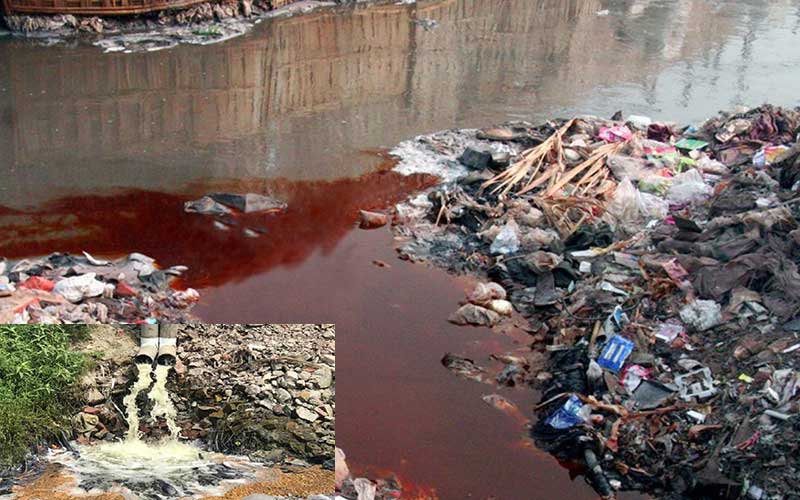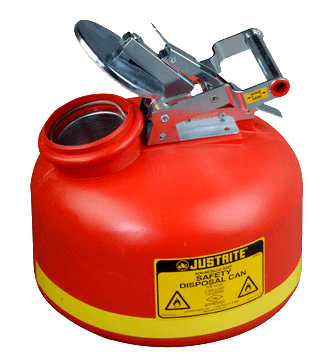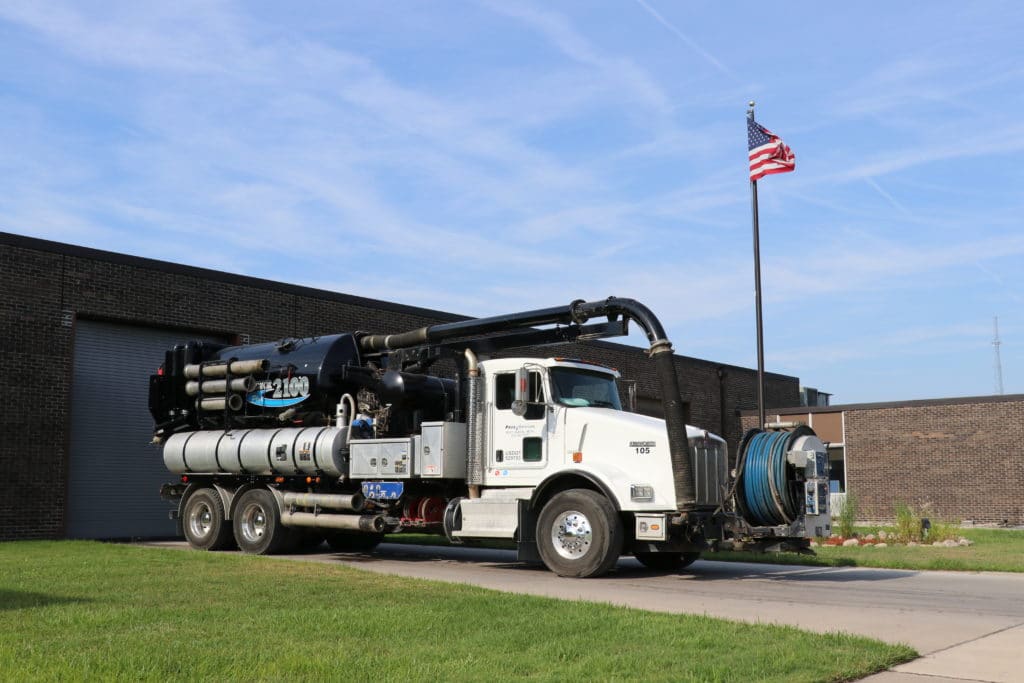How Fluid Waste Disposal Functions: A Detailed Overview of Strategies and Technologies Utilized

Summary of Fluid Waste Types
The intricacy of liquid waste kinds requires a detailed understanding of their features and ramifications for disposal. Fluid waste can generally be classified into a number of types, consisting of industrial, local, farming, and unsafe waste. Each category exhibits distinctive properties, needing specific monitoring methods to mitigate environmental and health dangers.
Industrial fluid waste originates from manufacturing procedures and commonly includes a variety of contaminants, such as hefty steels, solvents, and natural substances. Local liquid waste, mainly comprising wastewater from households and industrial establishments, has organic matter, nutrients, and microorganisms (industrial wastewater treatment). Agricultural fluid waste, consisting of drainage from ranches, might include plant foods, pesticides, and animal waste, posturing threats to water high quality and ecosystems
Unsafe liquid waste is characterized by its poisoning, sensitivity, or possible to cause injury. Comprehending these diverse liquid waste kinds is critical for creating efficient disposal methods and making sure compliance with ecological laws.
Physical Treatment Approaches

Screening is the first step, where bigger particles and particles are gotten rid of from the liquid waste utilizing displays or grates. In sedimentation tanks, larger bits resolve at the bottom, forming a sludge layer, while the clarified liquid can be more treated.
Filtering is another important approach that entails passing the liquid via porous materials, such as sand or membranes, to capture smaller bits. This step improves the top quality of the liquid, making it appropriate for subsequent therapy procedures.

Chemical Therapy Methods
Chemical therapy techniques are vital for successfully handling liquid waste, especially in resolving liquified and colloidal contaminants that physical methods might not properly get rid of. These techniques make use of various chemical agents to reduce the effects of, speed up, or transform unsafe compounds right into less dangerous forms.
One usual technique is coagulation and flocculation, where chemicals such as alum or ferric chloride are contributed to promote the gathering of suspended bits. This procedure enhances sedimentation, enabling much easier elimination of the resulting sludge. Furthermore, oxidation procedures, employing agents like chlorine or ozone, are employed to damage down intricate natural substances and microorganisms, providing the waste safer for discharge or further therapy.
Neutralization is an additional important strategy, which changes the pH of acidic or alkaline waste streams to neutral degrees, stopping potential damage to downstream systems and the atmosphere. Furthermore, progressed oxidation processes (AOPs) make use of combinations of oxidants and ultraviolet light to weaken relentless toxins, attaining a higher level of treatment efficiency.
Biological Therapy Procedures
Organic therapy procedures play an important function in the management of fluid waste by using bacteria to disintegrate raw material and reduce contaminant degrees. These processes can be broadly classified into cardio and anaerobic treatments, each employing particular microbial neighborhoods to attain effective waste deterioration.
Cardiovascular treatment involves using oxygen to promote the breakdown of organic materials by bacteria. This process is generally executed in turned on sludge systems, where oygenation containers offer a conducive setting for microbial development, bring about the oxidation of natural toxins. The resultant biomass can be separated from treated effluent via sedimentation.
In contrast, anaerobic therapy takes place in the industrial wastewater treatment absence of oxygen, relying upon various germs to damage down natural issue. This technique is especially useful for high-strength waste, as it creates biogas, a renewable power resource, while lowering sludge manufacturing. Technologies such as anaerobic digesters are frequently utilized in commercial and community applications.
Both anaerobic and aerobic organic therapies not just Go Here minimize the environmental influence of fluid waste but likewise promote source recovery, making them important components of lasting waste monitoring strategies. Their flexibility, effectiveness, and performance sustain their prevalent implementation throughout numerous sectors.
Emerging Technologies in Disposal
Innovative strategies to fluid waste disposal are quickly developing, driven by innovations in innovation and a raising focus on sustainability. Among these arising modern technologies, membrane bioreactors (MBRs) have actually gained grip for their capability to integrate organic therapy with membrane layer filtering, leading to high-grade effluent that can be reused in various applications. MBRs enable smaller footprints and a lot more reliable operations compared to traditional systems.
Another promising advancement is using anaerobic digestion combined with nutrient healing technologies, which not only deals with fluid waste however additionally produces biogas and recovers beneficial nutrients like nitrogen and phosphorus. This dual advantage boosts resource performance and lowers ecological impact.
Additionally, progressed oxidation processes (AOPs) are being adopted for the deterioration of complicated organic toxins. These techniques make use of effective oxidants and catalysts to damage down impurities at the molecular level, using an extremely efficient service for tough waste streams.
Furthermore, the integration of man-made intelligence and device learning in waste great post to read administration systems is optimizing operational efficiency and predictive upkeep, leading to lowered costs and improved environmental conformity. These modern technologies show a significant change in the direction of more sustainable and efficient liquid garbage disposal techniques.
Conclusion
In verdict, efficient fluid waste disposal requires an extensive understanding of various strategies and technologies. By constantly progressing these methods, it becomes feasible to address the growing challenges associated with liquid waste, eventually adding to ecological protection and resource healing.
Fluid waste disposal is an important aspect of environmental management, needing a detailed understanding of different strategies and technologies tailored to different waste types. Liquid waste can extensively be classified right into several kinds, including industrial, metropolitan, farming, and harmful waste. Agricultural fluid waste, consisting of drainage from ranches, might contain fertilizers, chemicals, and animal waste, positioning dangers to water top quality and ecosystems.
Numerous physical treatment methods play a crucial function in handling liquid waste properly - industrial wastewater treatment.In final thought, reliable fluid waste disposal requires an extensive understanding of numerous strategies and technologies